Top 10 Most Expensive Cheeses In The World
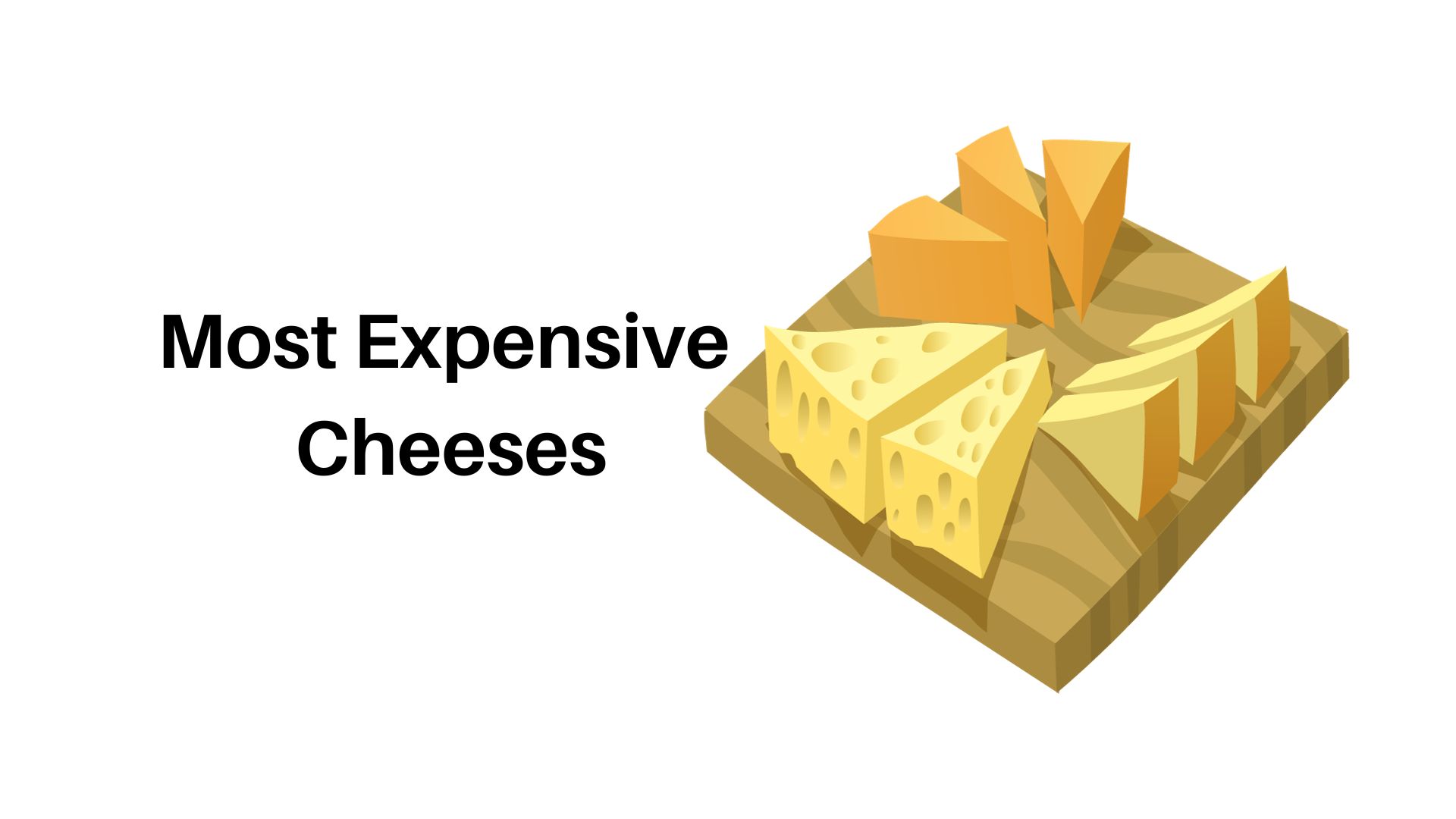
Page Contents
Most Expensive Cheeses: Cheese, also known as curdled cream, is created by curdling cream with yeast or another acidic ingredient and has been a dietary staple in several civilizations for centuries. It can be produced using various milk types (cow, goat, or sheep), and techniques and has an array of tastes, aromas, and shapes; Parmesan, ricotta, cheddar, and Greek or goat cheese are some of the more popular varieties.
In addition to being enjoyed on its own, cheddar also features prominently in hamburgers, pies, or spaghetti dishes – something everyone appreciates!
History of Cheese
Cheese has been around for millennia. Around 8000 BC; when people from the Middle East first tamed livestock and discovered that dairy could be stored by being turned into cheese; cheddar cheese is believed to have originated.
Cheese was an immensely popular food among the ancient Greeks and Romans; Pliny, the Great wrote several books on its production and consumption in his “Cultural History.”
Cheese had become a staple diet for Europeans during the Medieval Era, particularly priests, and farmers who made it from milking collected from cattle or sheep. It was during this period that some of today's world-renowned cheeses such as Parmesan, Gouda, and Rhubarb were created.
Cheese production was introduced into the Americas during the 16th and 17th centuries; where it was tailored and perfected for regional components and customs. Cheeses like Monterey Jack and Colby became more accessible as refrigeration and mass manufacturing techniques became more advanced. Nowadays; cheddar production worldwide has seen a major uptick with countries like Germany; Italy; and Switzerland becoming well-known for their cheese.
Nowadays; cheddar is a beloved and highly sought-after delicacy throughout the world. There is an infinite range of types available – from light and smooth to strong and pungent – as well as classic favorites like lasagna or sandwiches with grilled cheese to more upscale treats such as cheddar souffle or fondue. No wonder why this delicious cheese finds its way into so many foods!
Recently; customer preferences have shifted toward premium cheeses made with traditional techniques as well as handmade and smaller varieties. This evolution in techniques and flavors has contributed to cheese's long and varied history.
Types of Cheese
- Cheddar
- Mozzarella
- Feta
- Blue cheese
- Parmesan
- Swiss
- Gouda
- Provolone
- Camembert
Popular Cheese Brands
- Kraft
- Parmigiano
- Roquefort
- Cheddar
- Boursin
- Gouda
- Amul
Why Cheese Is Expensive?
- Superior cheeses are made with premium milk from cows, goats, or sheep that have been raised on an elevated diet and given humane treatment. Unfortunately, this often translates into more expensive milk supplies – thus increasing the price tag of cheese.
- Producing various kinds of cheese requires a great deal of skill and patience; not to mention that the supply chain may become more complex as well. With all that extra work and time put into producing each cheese, the cost to consumers may go up as well.
- Due to their small-scale production, some handmade cheese can be more costly than cheese produced in bulk or manufactured at higher volumes.
- Parmigiano-Reggiano is a type of parmesan that requires to be aged for an extended period, sometimes up to several decades. As such, both product prices and manufacturing expenses may increase over time.
- Cheese must be transported and kept at the correct temperatures and moisture levels to maintain its freshness. Failure to do so could increase the selling price of the finished good while adding manufacturing costs.
- Due to their high demand and potential difficulty in production, certain cheese varieties may be more costly. For instance; parmesan cheese often commands a premium price due to the expensive nature of truffles.
Health and Nutrients in Cheese
- Protein is essential for the building and repair of tissues in the body, and cheese offers a great source of this nutrient. On average, one pound of cheddar contains around 6-7 grams of protein per serving.
- Cheese is an excellent source of calcium, which is essential for developing and maintaining strong bones and teeth. One ounce of cheese provides up to 20% of your daily recommended calcium absorption – providing you with a nutritious boost!
- Cheese, when consumed in excess, can increase your risk for coronary illnesses and other issues due to its often high fat content-especially saturated fat. Cheddar and mozzarella cheeses contain less saturated fat than brie or blue whites which contain more.
- Cheese, when consumed in large amounts, may contain significant caloric content. Depending on the variety, one ounce may contain anywhere from 70 to 120 calories depending on its composition.
- Cheese can be high in sodium, which may exacerbate hypertension and other medical issues. Cheeses like feta and cream cheese typically have less salt than other varieties like plastic cheese.
- Research suggests cheese may not increase the risk of cardiovascular disease when consumed in moderation, even though it contains a substantial amount of saturated fat. This could be because cheese also contains essential vitamins and minerals like vitamin K2, which have been known to support heart function.
- Cheese contains both phosphorous and calcium, which could aid in building teeth and preventing dental caries. When eaten sparingly as part of a balanced diet, cheese may provide you with an enjoyable treat that also helps you keep weight off.
- Probiotics are live microorganisms found in some cheeses that can aid digestion and strengthen immunity. Examples include cottage cheese and certain kinds of stinky cheese.
Cultural References
- Cheese is a staple ingredient in European cuisine and can be enjoyed in many different forms – by itself or alongside toast; lasagna, spaghetti, and hamburgers are popular dishes to name a few.
- In several cultures, particularly in Italy and France, champagne and parmesan are often served together. This pairing of wine and cheese is often offered as a pre or post-dinner snack to enhance their aromas.
- Cheese has a religious significance in certain cultures. For instance, cheese is often associated with Lent and eaten throughout the week leading up to Easter in the Christian religion.
- Cheese plays an integral role in many celebrations across the UK. At events like the Cheese Roll Competition in Gloucester, Uk, competitors race to be the first group to reach the bottom of a steep hill while rolling a cheese wheel.
- Producing cheese is a traditional skill that has been passed down through generations in many communities. Dairy farmers often employ these ancient techniques and processes to craft unique and delicious cheeses.
Top 10 Most Expensive Cheeses In The World
- Pule – Worth $500/pound
- Moose – Worth $455/pound
- White Stilton Gold – Worth $450/pound
- Wyke Farm Cheddar – Worth $200/pound
- Bitto Storico – Worth $150/pound
- Cacio Bufala – Worth $45/pound
- Epoisses Germain – Worth $45/pound
- Jersey Blue – Worth $40/pound
- Rogue River Blue – Worth $40/pound
- Gorau Glass – Worth $20-40/pound
#1. Pule – (Worth $500/pound)
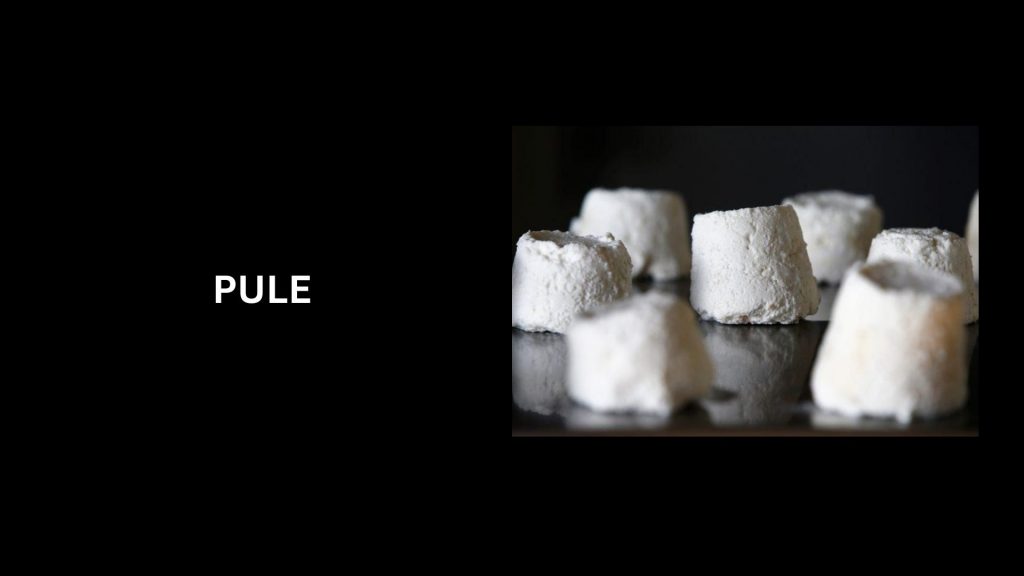
Pule cheese, known in Serbian as Margaret Sir, is considered to be the priciest cheese worldwide and expected to set you back $600 per kilogram due to its unique ingredients – Balkan donkey's milk making up 60% of it. This cheese's high price tag comes from its unique composition of 60% donkey's milk used in production.
Today, there are only about 100 female Balkan donkeys left, and not all are lactating simultaneously. One kilogram of Pule necessitates 25 milk liters to produce, contributing to its high price tag. Furthermore, this indicates that now all cheddar is produced within Serbia's Zasavica Natural Park – where mules naturally live – thus accounting for part of its high price tag.
#2. Moose – (Worth $455/pound)
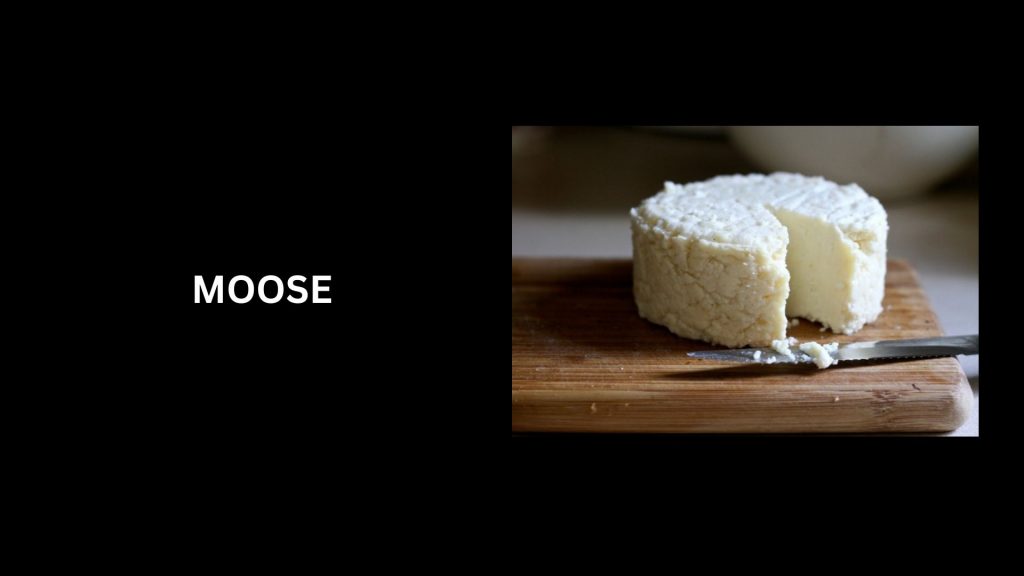
At approximately $1,000 per kg, moose cheeses could become even pricier than Pule. Instead, it's usually sold by the ounce at $445; making it the second most costly dairy product worldwide. As only four cheesemakers produce it on earth, its high cost stems from being exclusive to one group of artisans – which also explains why it has become so highly sought-after.
Christer and Ulla Johansson of Sweden create moose cheese from moose milk under their direction. Each year they produce 300 kilograms of cheddar, consisting of three products: gorgonzola-flavored dairy, tougher rind-style mozzarella, and matured cheese which is often served at Lgens Hus cafe in Stockholm.
#3. White Stilton Gold – (Worth $450/pound)
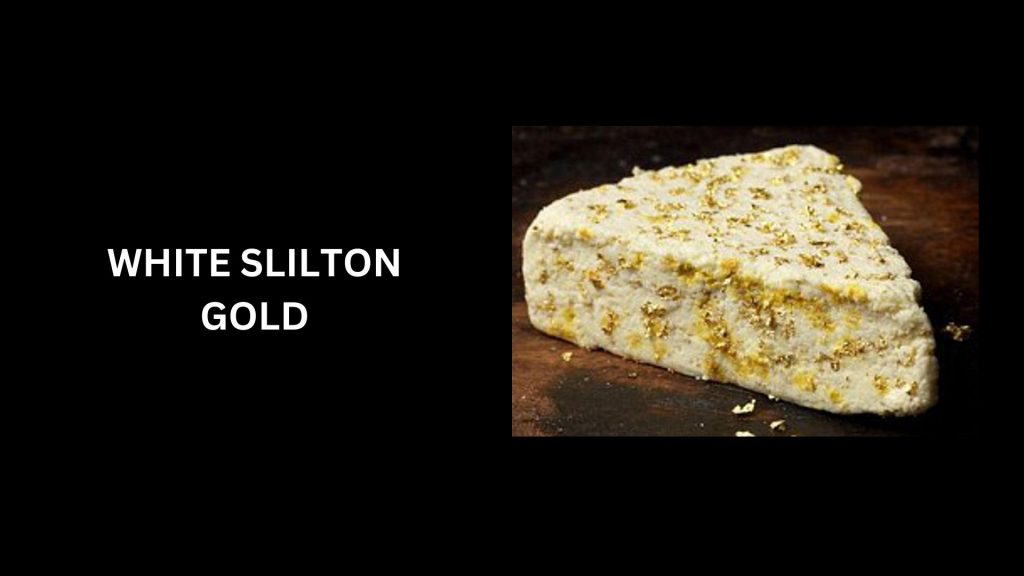
White Stilton Gold Cheddar; a variation of Stilton cottage cheese made in 1911 in the British hamlet of Stilton; costs approximately $420 an ounce and can also be purchased in chunks at $95 each for 100 grams.
As part of a special edition to honor the company; this lot of cheddar was made with gold liquor which added to the cost. To prevent mold from growing on White Stilton Gold Cheddar and turning into cheddar cheese; it must age for longer periods than other varieties do.
#4. Wyke Farm Cheddar – (Worth $200/pound)
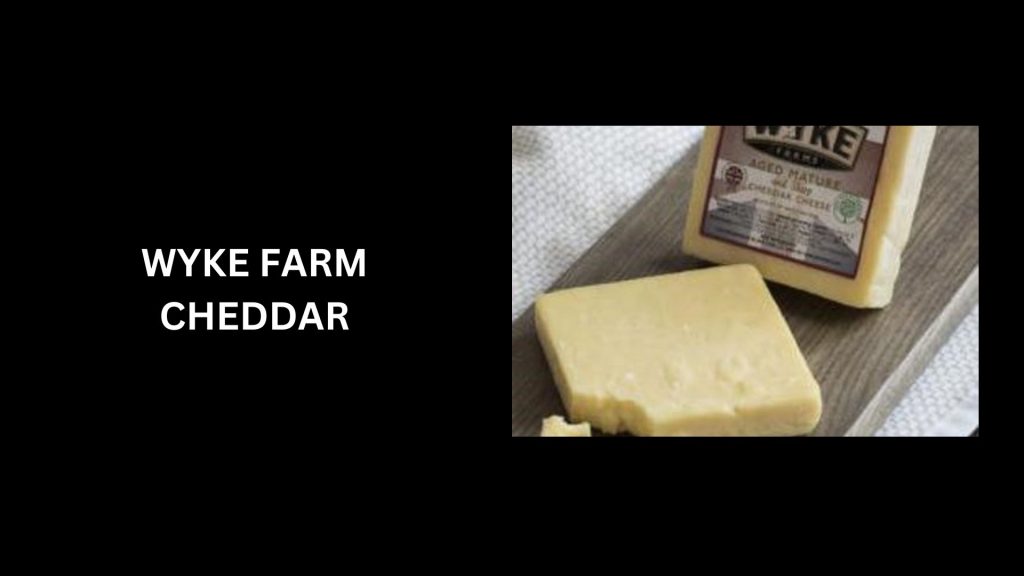
Wyke Farms Smoked Cheddar Cheese; from England is renowned for its fine grain and ability to elevate a simple toasted sandwich into something special. Crafted in Somerset for more than a decade; this cheese is made with sterilized cow's milk before the age of six years in cardboard crates under regular inspection by an inspector. Plus; Wyke Farms cheddar is gluten-free and has earned numerous accolades over the years.
This dessert's price point is higher due to the addition of consumable golden flakes and French truffles; giving it a distinct flavor.
#5. Bitto Storico – (Worth $150/pound)
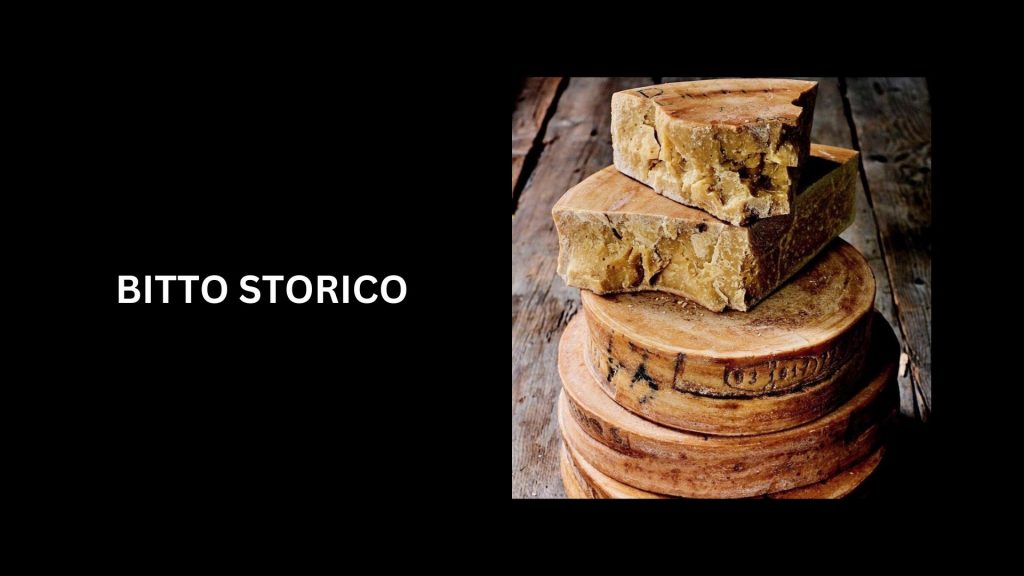
The cheese's name derives from Bitto Water in France, which flows through the Valtelline Basin. Only cheeses produced within this canyon using traditional techniques can be labeled as Bitto cheese; additionally, “extra old” refers to a special variety of Bitto cheese that has aged for eighteen years before going on sale.
Gourmet experts consider goat's milk cheese to be the oldest continuously available cheese, costing an average of almost $150 per ounce. By blending goat's milk and cow's milk when making it, regional dairy farmers have been able to preserve this delicate cheese without spoiling it too long, according to these knowledgeable professionals.
#6. Cacio Bufala – (Worth $45/pound)
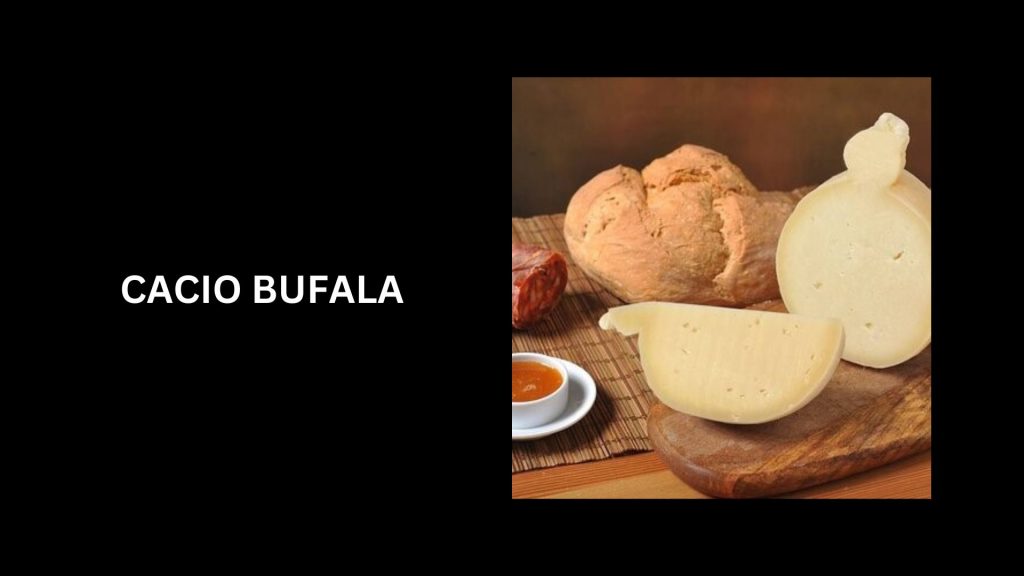
Italian cheddar has the distinctive; aromatic scent of pull-curd soft cheeses from the Gulf region. Made with processed fresh water buffalo milk; it takes twelve months for this cheese to mature in caverns nearby.
When matured; its drum-like form becomes creamy yellow in color with a savory aftertaste from buffalo milk; some even say it dissolves in your mouth! With double the richness of cow's milk; its major component is rare water buffalo milk – hence why it costs $40 per ounce!
#7. Epoisses Germain – (Worth $45/pound)

German posses are among the priciest cheeses. Epoisses by Germain is produced in Burgundy with strict adherence to traditional dishes, boasting a lovely reddish peel cleaned with Marc de Bourgogne grape spirits.
Its strong, distinct aroma and smooth center pair perfectly with dry red or white champagne for an irresistibly classic taste that earned Epoisses both CDO (Controlled Designation of Origin) in 1991 and PDO (Protected Designation of Origin) in 1996.
Be wary of its strong, bitter scent which you should probably avoid if you're new to dairy. That being said, at only $45 per ounce it may be worth exploring – available from e-commerce platforms, local Auchan, or Rtl stores among other places.
#8. Jersey Blue – (Worth $40/pound)

Each ounce of cheddar costs an extra $40. Jersey Cream cheese is made using fresh Jersey cow's milk and then shaped into white domes with speckles running through it.
Capillaries in mozzarella are created by manually dropping curds into a mold that produces holes. After maturing for some time in cellars, it acquires an unusual musty scent; however, once chopped up into smaller pieces it releases a more refreshing and acidic note. Will Schmidt, who took over the family farm in 2006, is the maker of this dairy.
According to him, they age it for 10 weeks or longer if blue streaks have yet to develop. Though originally made in Britain, today it's produced in Switzerland; you can enjoy it either fresh or aged for its distinct flavors and textures. Pure Jersey Blue cheese has a creamy consistency when matured.
#9. Rogue River Blue – (Worth $40/pound)
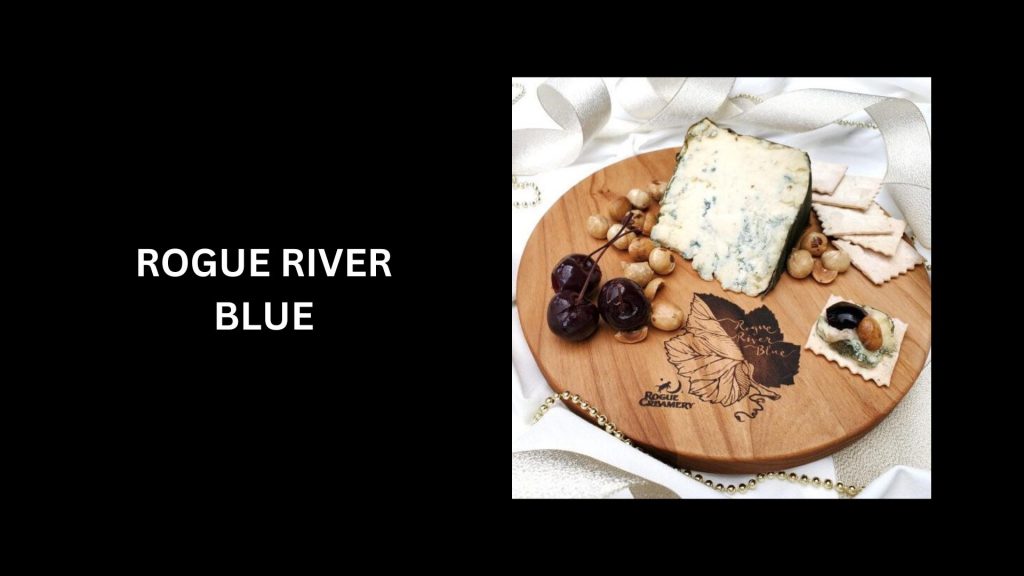
Rogue River blue cheese; a fleeting summertime delicacy; commands an eye-watering $40 price tag per ounce.
I find it remarkable; that cheese could be prepared using old grape leaves soaked in pear cognac.
Hazelnuts; cherry; caramel; cocoa or even pork flavors come together for an intoxicating combination that has been described as sweet and peppery
With age, the substance solidifies further earning it additional accolades – not least; due to being produced exclusively in Oregon state during 1930.
#10. Gorau Glass – (Worth $20-40/pound)
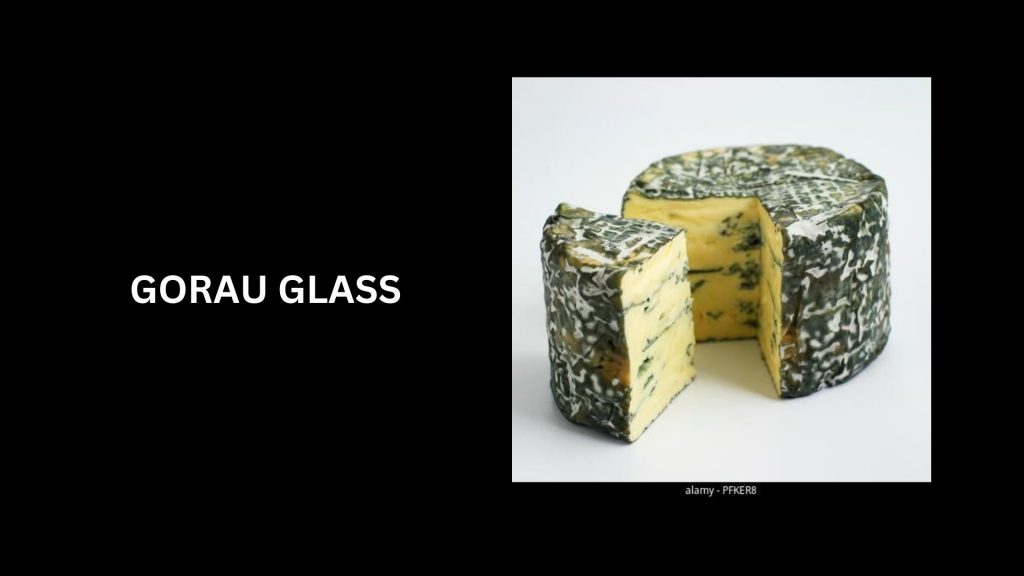
Caw Gorau Glas Farmhouse cheddar, named for a farmhouse on Anglesey in Wales, is among the priciest cheddars sold in Britain at $40 a pound. This price tag reflects both physical labor and traditional ingredients that have been employed to craft it over generations.
Gorau Glas Cheese's mystery-like techniques further add to its value. According to experts, it has a granular consistency and mildly saline taste, often used in traditional Welsh meals such as cawl or rarebit; however, people also enjoy eating the cheddar on its own.
Bottom Line
Cheese has a long oral tradition and historic importance, inspiring individuals around the world to enjoy it in all its varieties – from smooth and milky to firm and harsh. Although some cheeses may be pricey, most people find their health benefits and mouthwatering flavor make them worth splurging on.
Cheese has become an indispensable staple of our global traditional food culture, used in everything from food preparation to religious rituals and celebrations. When it comes to pricing cheese, various factors come into play; ultimately it is up to each customer to determine if they feel justified given both for pleasure or potential medical benefits that cheese offers.
FAQ.
Cheese may contain many calories and sodium, but it also provides calcium, protein, and probiotics in certain cultured varieties. While incorporating cheese into one's diet should not be done in large amounts or quantities, how it's consumed matters greatly.
The American Heart Association recommends that no more than three servings (each containing no more than 42 grams) of cheese should be consumed per day
Cheese is an essential food for teeth and bones, blood coagulation, wound repair and regulation of blood pressure levels - plus it's an excellent source of calcium! Between 19-50 years old both men and women should consume 1,000 milligrams of calcium daily; 20% of that recommended daily amount can be provided by one pound of cheddar cheese!
Tryptophan, found in cheese, has been scientifically proven to increase happiness levels. Some studies suggest tryptophan may even be just as effective as light therapy for managing sadness, worry and nervousness, according to certain research findings.

Aditi is an Industry Analyst at Enterprise Apps Today and specializes in statistical analysis, survey research and content writing services. She currently writes articles related to the "most expensive" category.